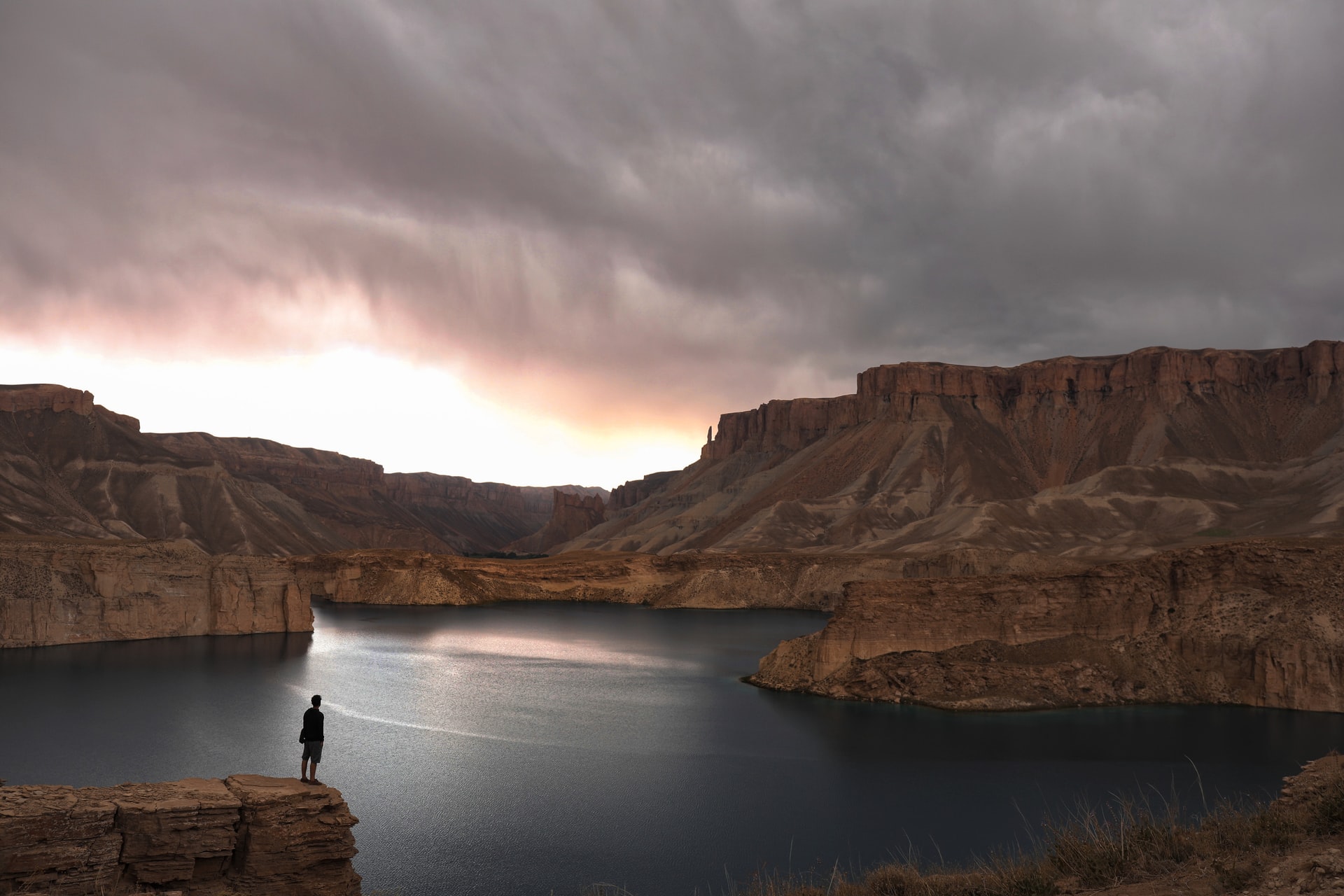
Sense is any of the means by which living beings perceive the physical world. As children we were were schooled in our five senses: sight, sound, smell, taste, and touch. Sensibility, on the other hand, refers to the ability to sense, feel, or perceive and thus has a high emotional quotient, including the capacity for empathy – the ability to understand and share the feelings of others. I would argue that there is no clear delineation between sense and sensibility, in that our sensory perception of the world is coloured by both emotion and experience.
The sensation of taste used to be limited to sweet, sour, salty, bitter, and savoury, the latter now more commonly referred to by the Japanese word umami (“the essence of deliciousness”) to describe the glutamate-rich taste of meat, ripe cheeses, or – at the extreme end of taste – marmite! But what of the heat of pepper or the oleogustus taste of butter or other foods with a high fat content? How does one describe the taste – or is it a sensation – of carbonated water, or even just plain water? Surely our palates have a wider range of tastes, including those implanted in our memories and that have emotional resonance, such as the taste of a mother’s spaghetti sauce or other childhood favourite foods.
Scientists only recently identified 10 basic odor qualities: fragrant, woody/resinous, fruity (non-citrus), chemical, minty/peppermint, sweet, popcorn, lemon and two kinds of sickening odors: pungent and decayed. With smell, arguably more so than taste, there is an infinite number of combinations, as with perfumes that present a heady (or subtle) combination of a variety of scents. But, like taste, our sense of smell often bears a vague but emphatic emotive signature, or what Ligaya Mishan, a New York Times food columnist, describes as “pure scent and evocation: of place, of other flavors, other times; of something inchoate and ghostly that disappears before it can be named.” Or, as she also notes, “Flavor, however, is not taste. If taste is literal and thus limited, flavor is poetic and near infinite.” Unique to each individual, our sense of taste and smell, perhaps more than our other senses, have salience.
Still, our perception of colour is no less complicated and goes far directing light through a prism, crayon boxes, colour wheels, or the innumerable shadings of Benjamin Moore paint chips. Who knew that there could be quite so many shades of white? But even here science has now provided us with Vantablack, heralded as so black that it swallows 99.96 per cent of light, thus removing dimensionality. But is this new and improved colour any darker than the endless depth of a night sky?
The 2021 Nobel Prize in Physiology or Medicine was awarded to two scientists who independently discovered how heat, cold, and touch initiate signals in the nervous system and how such signalling contributes to our own sense of existing within a body.
Our understanding of the senses has now expanded to include proprioception, which is the awareness of position and movement of body parts in relation to one’s environment. This explains US gymnast Simone Biles’s struggle with “the twisties” at the Tokyo Olympics and also accounts for how we can “feel” or sense our body parts, even when there is no particular stimuli or externally caused sensation. Can you direct your attention to your elbows, or the tips of your ears, or the back of your neck and be aware of their – and your – existence? The proprioceptive system also is thought to regulate both our sensory input and emotional responses – long known as a “sixth sense”. Our inner ear-based vestibular system, a kind of internal GPS, governs a seventh sense that allows us to coordinate the movement of our heads with our eyes, keeps us upright and oriented, and enables us to use both sides of our bodies at the same time.
But what does any of this have to do with my research topic: Afghanistan as a perennially failed state?
More than perhaps anywhere else I’ve lived and worked, the country touches all of my senses. In my mind’s eye I can see the cerulean blue of Bamiyan’s Band-e-Amir lake, the fragments of turquoise tiles at the base of the 15th century Musalla Minarets, or the verdant green of innumerable mountain valleys in spring. The muezzin’s call to prayer still echoes in my head, as does the sound of not-too-distant car bomb explosions or the random reports of automatic weapons. My mouth salivates remembering the sweetness of a Kunduz melon, while my nostrils are infused with the delicious smell of naan-e-Afghani bread fresh from a tandoor oven or, equally, are suffused by the heavy smell and pall of coal-burning fires on a Kabul winter’s day. Standing atop the ancient Qala Ikhtyaruddin (Citadel of Alexander) I can feel the incessant, and maddening, One Hundred and Twenty Days wind. The sensation of running my hand over a patterned, tightly-knotted Afghan carpet transports me back to the carpet shops of Shahr-e Naw.
Afghanistan and its seemingly always-parlous state preoccupies my mind, but the country also has captured all of my senses.
Photo by nasim dadfar on Unsplash










